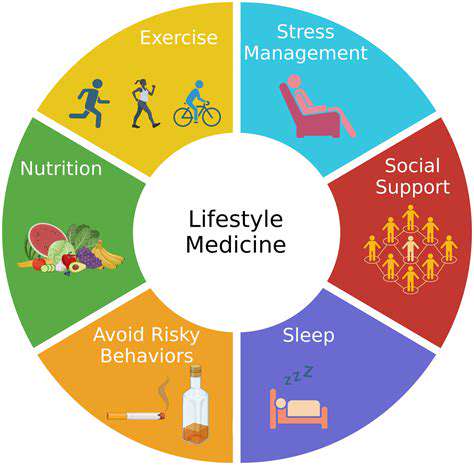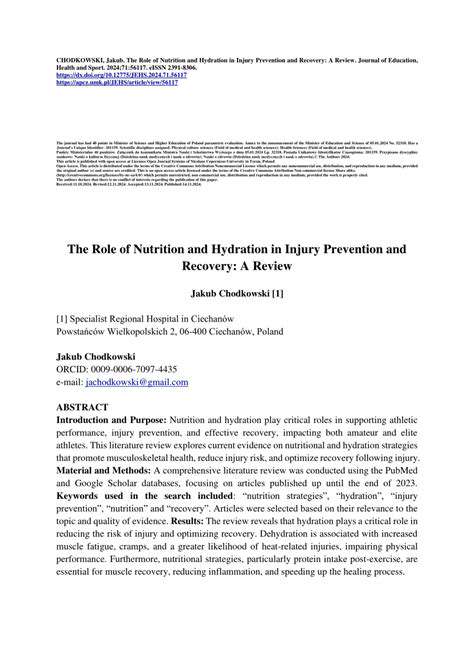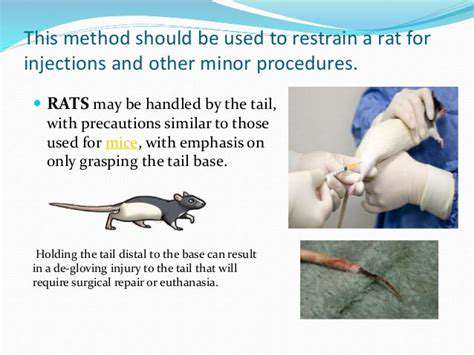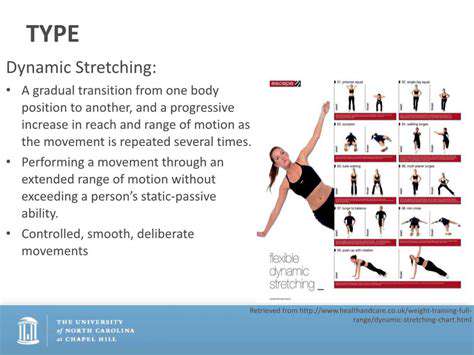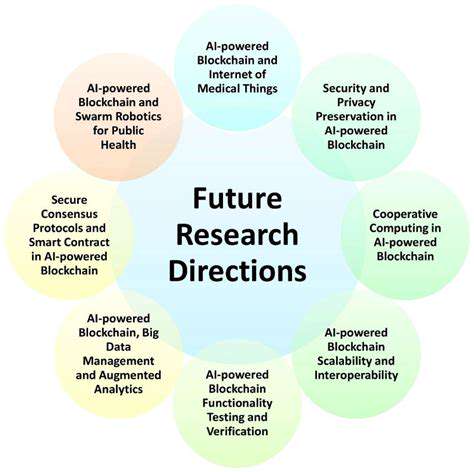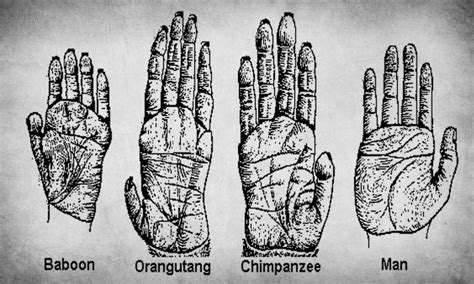The Role of Hands in the Development of Technology

Early Hand Tools and Their Impact
Long before the digital revolution, our ancestors shaped history through primitive yet revolutionary hand tools. These implements, carved from stone, wood, and bone with remarkable ingenuity, transformed basic survival into something more profound. With these tools, early humans didn't just survive - they thrived, processing food, building shelters, and creating art that still fascinates us today. The development of early hand tools wasn't merely practical; it marked the beginning of humanity's creative relationship with technology.
What's often overlooked is the cognitive leap these tools represent. Crafting a sharp stone edge required more than brute force - it demanded an understanding of fracture patterns and material properties. Our ancestors weren't just making tools; they were conducting early experiments in physics and material science. The precision needed to create effective tools suggests a level of planning and foresight that separates humans from other species.
The Evolution of Material Use
As human groups migrated across diverse landscapes, their toolkits evolved in fascinating ways. Coastal communities developed specialized implements for fishing, while forest dwellers perfected woodworking tools. This adaptation wasn't random - it reflected a deep understanding of local resources and their potential applications. The transition from single-material tools to composite designs (like stone blades mounted on wooden handles) represents one of humanity's first major technological breakthroughs.
Material choice became increasingly sophisticated over time. Flint was prized for its predictable fracturing, while obsidian could produce edges sharper than modern surgical steel. Bone tools, often overlooked in popular accounts, were crucial for delicate tasks like sewing and basket weaving. This material diversity laid the foundation for later metallurgy and modern materials science.
The Social Implications of Early Hand Tools
Toolmaking may have been humanity's first collaborative project. The knowledge required to create effective tools couldn't be developed in isolation - it required shared experience and teaching. This collective knowledge transfer likely accelerated human cognitive development and social organization. Specialization emerged naturally, with some individuals becoming particularly skilled at knapping stone or carving wood.
These social changes had ripple effects. More efficient tools meant more reliable food supplies, allowing populations to grow. Surplus resources created time for artistic expression and ritual, evidenced by the beautiful cave paintings and carved figurines that survive today. The hand axe wasn't just a tool - it was the first step toward civilization as we know it.
The Digital Age: The Hand's Role in a Technological Revolution

The Evolution of Human-Computer Interaction
The journey from punch cards to touchscreens represents one of technology's most dramatic transformations. Early computing interfaces required specialized training, creating a barrier between humans and machines. The graphical user interface (GUI) changed everything, translating complex commands into visual metaphors anyone could understand. This shift didn't just make computers more accessible - it changed who could use them and for what purposes.
What's fascinating is how interface design has come full circle. The earliest computers required direct physical manipulation of components. After decades of abstraction (keyboards, mice), we've returned to direct manipulation through touchscreens. This evolution reflects our innate preference for hands-on interaction - a preference rooted in millions of years of tool use.
The Rise of Touchscreen Technology
Touchscreens have quietly revolutionized how we interact with technology. By eliminating intermediate devices, they've created the most intuitive human-computer interface yet developed. Young children instinctively understand touch interfaces, while elderly users find them more accessible than traditional controls. This universality explains their rapid adoption across cultures and age groups.
The implications extend far beyond convenience. Touch technology has democratized access to digital tools, enabling new forms of creativity and communication. Artists can paint directly on digital canvases, musicians can manipulate virtual instruments with natural gestures, and students can interact with educational content in fundamentally new ways. Perhaps most importantly, touch interfaces have opened technology to populations previously excluded by physical limitations.
The Future of Hand-Based Interaction
Emerging technologies promise to deepen our tactile connection with digital systems. Advanced haptics can simulate textures and resistance, while motion tracking captures subtle hand gestures. These developments aren't just technical achievements - they're redefining what it means to interact with information. Surgeons may soon feel tissue during remote operations, while engineers could manipulate 3D models as if they were physical objects.
The most exciting possibilities lie in augmented reality. Instead of peering at screens, we'll interact with digital information overlaid on our physical environment - all controlled through natural hand movements. This seamless integration could make technology feel less like a tool and more like an extension of our own capabilities, continuing the evolutionary journey that began with those first stone tools.
The Future of Technology: Hand-Augmentation and Beyond
Hand-Augmented Interfaces: Bridging the Gap Between Human and Machine
Emerging hand-augmentation technologies promise to erase the boundary between tool and user. Unlike traditional tools that remain separate objects, these systems integrate directly with our physiology. Neural interfaces could allow thought-controlled prosthetics, while smart gloves might enhance natural dexterity. The implications for fields like microsurgery or precision manufacturing are profound - imagine performing repairs at scales invisible to the naked eye.
Haptic Feedback: Enhancing the Tactile Experience
Current haptic technology only scratches the surface of what's possible. Future systems may recreate the full spectrum of tactile sensations - temperature, texture, even moisture. This could transform fields from medical training to product design. A surgeon might practice a procedure with perfect tactile fidelity before operating, or a materials scientist could feel molecular structures during research.
Advanced Robotics and Dexterous Automation
Robotic hands are achieving unprecedented dexterity, combining human-like flexibility with machine precision. These systems aren't replacing human workers - they're amplifying human capabilities. In hazardous environments from deep-sea exploration to nuclear facilities, robotic hands can perform delicate operations while keeping humans at a safe distance.
The Evolution of Virtual and Augmented Reality
The next generation of VR/AR will move beyond visual immersion to full sensory engagement. Architects could walk through buildings before construction begins, feeling materials and testing structural elements. Educators might demonstrate complex concepts through tangible, interactive models. This represents not just new technology, but a fundamentally new way of experiencing information.
Ethical Considerations and Societal Impact
As these technologies develop, we must address important questions about equity and access. Will enhancement technologies create new divides between those who can afford them and those who cannot? How do we prevent misuse while encouraging innovation? These discussions must involve diverse voices to ensure benefits are widely shared.
Cybersecurity and Data Privacy in Hand-Augmentation
Neural interfaces and augmented prosthetics raise unprecedented privacy concerns. The data these devices collect - from muscle movements to brain signals - could reveal intimate details about users. Robust encryption and clear data policies will be essential to maintain trust in these transformative technologies.
The Role of Hands in the Future of Design and Creativity
The most exciting potential lies in creative fields. Musicians could compose by playing virtual instruments with customized interfaces. Sculptors might blend physical and digital media seamlessly. These tools won't replace traditional artistry - they'll expand the palette of human expression in ways we're only beginning to imagine.
Read more about The Role of Hands in the Development of Technology
Hot Recommendations
- The Impact of the Digital Age on Hand Function
- The Role of Hands in Agricultural Innovation
- The Impact of Technology on Hand Artistry
- The Importance of Hand Care for Artists
- How Hand Control Enhances Robotic Surgery
- The Impact of Hand Strength on Physical Labor
- How Handwriting Influences Cognitive Development
- The Impact of Environmental Factors on Hand Health
- The Power of Hands in Building Community
- The Importance of Ergonomics in Hand Health




